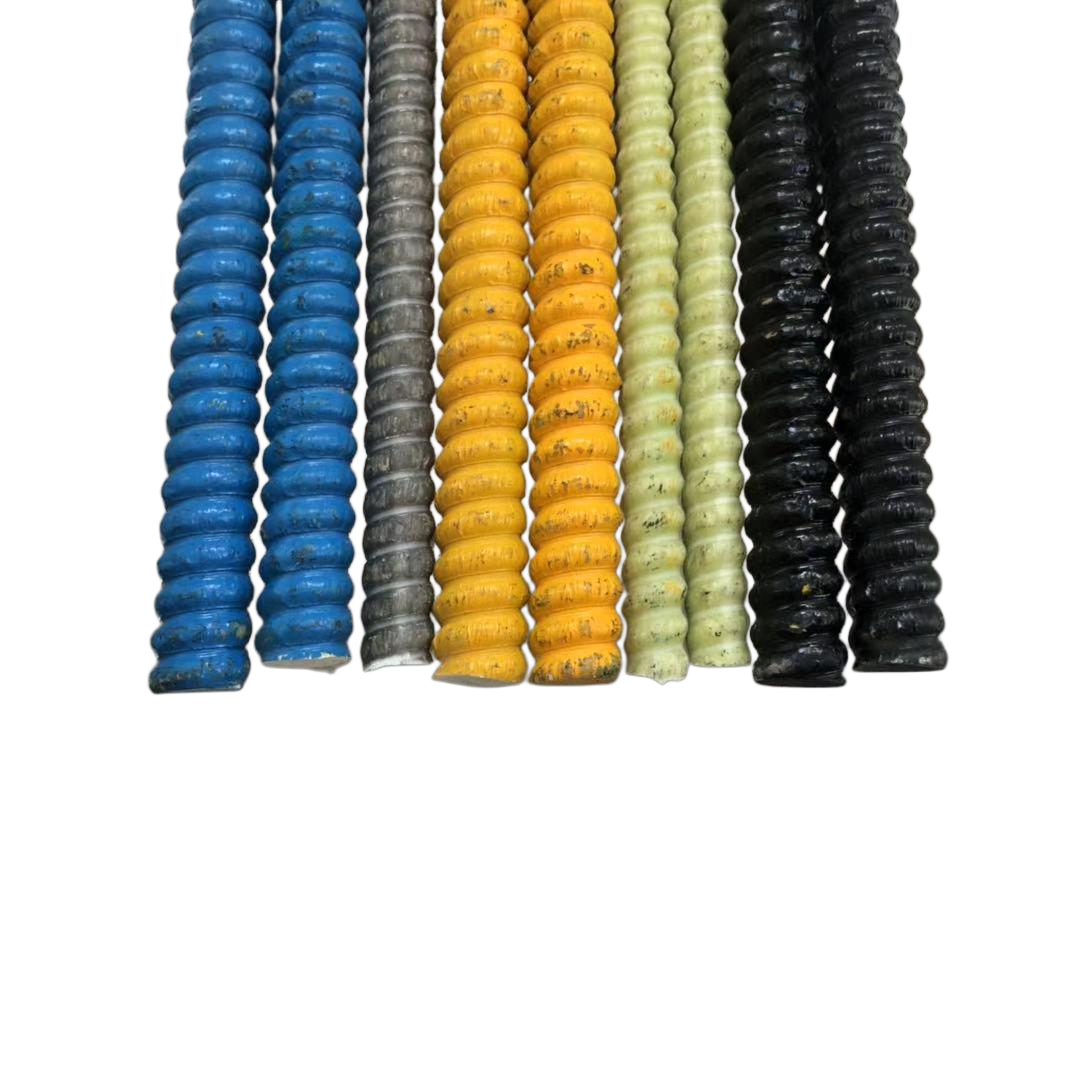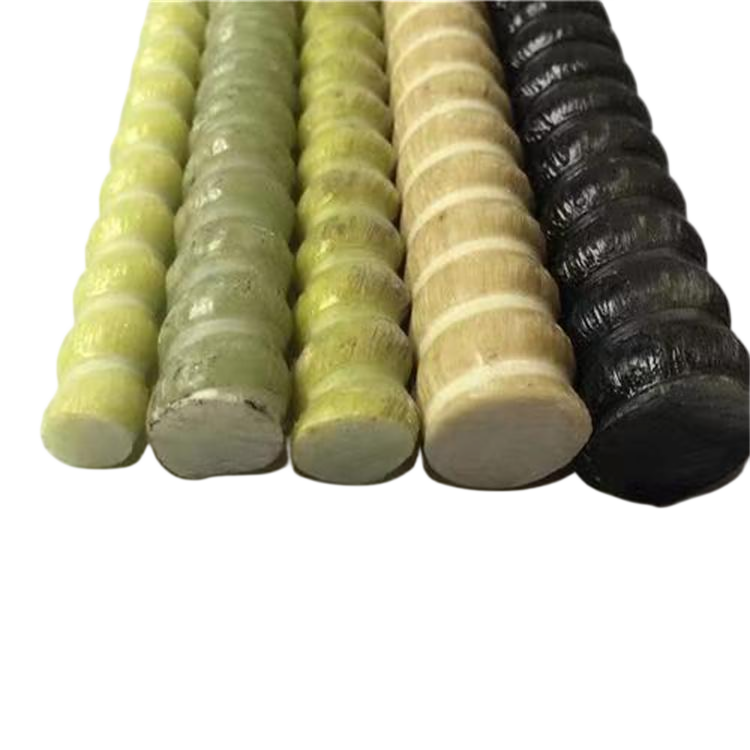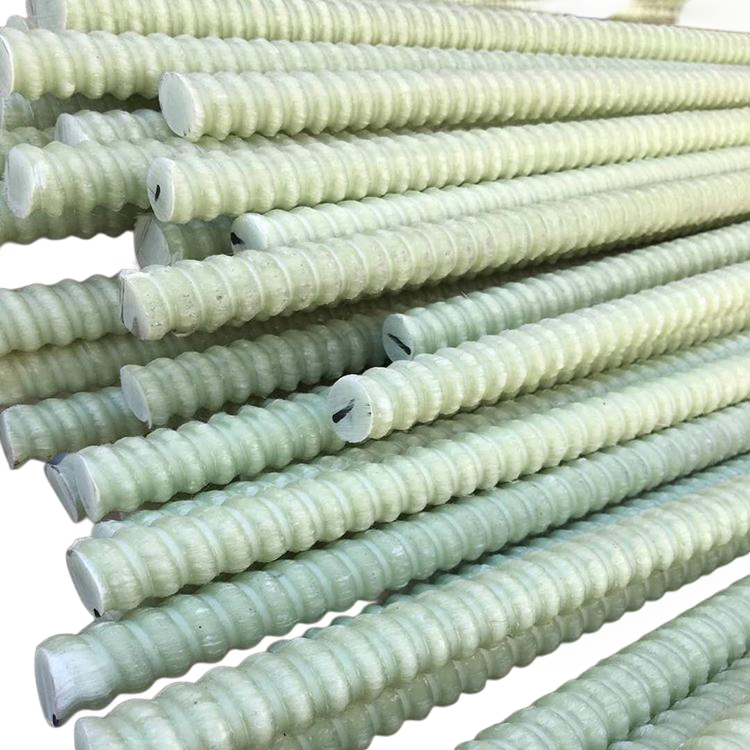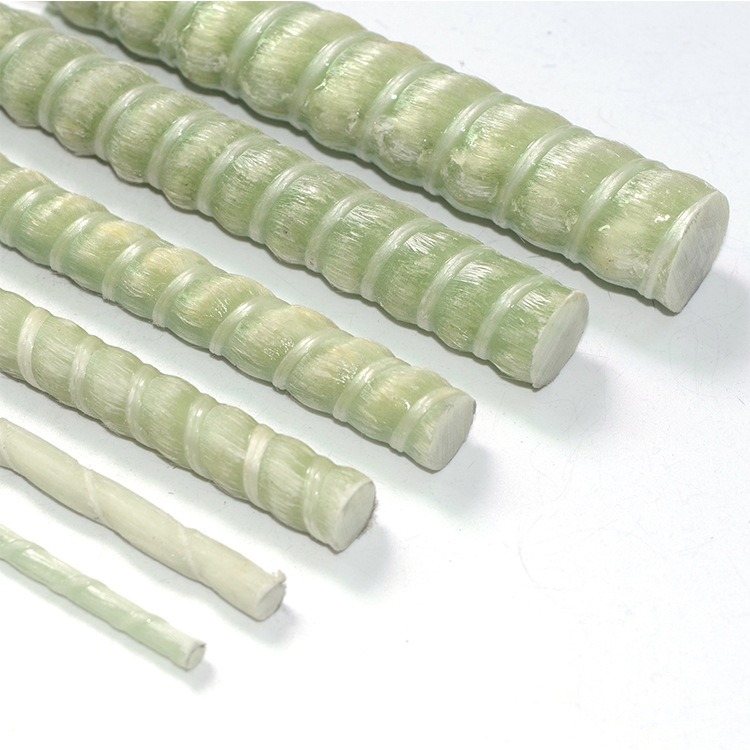Introduction
The construction industry is at a pivotal point where sustainability and innovation are no longer optional but essential. As global environmental concerns escalate, the demand for eco-friendly building materials and methods has surged. Among these innovations, the GFRP Bolt has emerged as a significant contributor to sustainable construction practices. Its unique properties not only reduce the environmental footprint but also enhance the structural integrity of various construction projects. This article delves into the role of GFRP Bolts in promoting sustainability within the construction sector.
Understanding GFRP Bolts
GFRP Bolts, or Glass Fiber Reinforced Polymer Bolts, are composite materials made by reinforcing a polymer matrix with glass fibers. This combination results in a material that boasts high strength-to-weight ratios and excellent corrosion resistance. Unlike traditional steel bolts, GFRP Bolts are non-conductive and immune to electromagnetic interference, making them ideal for specialized applications.
Composition and Manufacturing Process
The manufacturing of GFRP Bolts involves embedding glass fibers within a resin matrix, typically epoxy, polyester, or vinyl ester. The fibers provide tensile strength, while the resin protects the fibers and distributes the load. Advanced techniques like pultrusion are used to produce continuous lengths with consistent cross-sectional properties, ensuring uniform performance across all bolts.
Advantages of GFRP Bolts in Construction
The adoption of GFRP Bolts in construction projects brings numerous benefits that align with sustainable development goals. These advantages include:
Corrosion Resistance
One of the most significant challenges in construction is the deterioration of materials due to corrosion, especially in harsh environments. GFRP Bolts exhibit excellent resistance to chemical and environmental degradation, reducing maintenance costs and extending the lifespan of structures.
Lightweight and High Strength
The high strength-to-weight ratio of GFRP Bolts makes them easier to handle and install, reducing labor costs and time. This characteristic also contributes to the overall reduction of structural weight, which can be crucial in seismic zones where mass impacts the seismic response of buildings.
Thermal and Electrical Insulation
GFRP Bolts are non-conductive, providing excellent thermal and electrical insulation. This property is particularly beneficial in applications where electrical isolation is required, enhancing safety and functionality.
Environmental Impact and Sustainability
The sustainability of construction materials is assessed based on their environmental impact throughout their life cycle. GFRP Bolts contribute to sustainability in several ways:
Reduced Carbon Footprint
The production of GFRP Bolts generally requires less energy compared to steel bolts. Additionally, their lightweight nature reduces transportation emissions. Over the lifespan of a structure, the reduced need for maintenance and replacements further lowers the overall carbon footprint.
Longevity and Durability
By resisting corrosion and degradation, GFRP Bolts extend the service life of structures. This longevity minimizes the environmental impact associated with repair and reconstruction activities, supporting sustainable development principles.
Applications of GFRP Bolts in Sustainable Construction
The versatility of GFRP Bolts allows them to be used in a wide range of construction applications that prioritize sustainability:
Infrastructure Projects
In bridges, tunnels, and highways, GFRP Bolts provide long-lasting solutions that resist environmental stresses. Their use reduces the need for frequent maintenance, leading to more sustainable infrastructure.
Marine and Coastal Structures
The harsh marine environment accelerates the corrosion of traditional materials. GFRP Bolts are ideal for docks, piers, and offshore platforms, where their corrosion resistance ensures structural integrity over time.
Green Buildings
In sustainable architecture, GFRP Bolts contribute to green building certifications by enhancing energy efficiency and using materials with lower environmental impacts. Their non-conductive nature also improves insulation performance.
Case Studies Demonstrating Impact
Numerous projects worldwide have successfully integrated GFRP Bolts, showcasing their benefits:
The Gaojiahu Bridge Project
In China, the Gaojiahu Bridge incorporated GFRP Bolts to address corrosion issues prevalent in the region's humid climate. The result was a significant reduction in maintenance costs and an extension of the bridge's expected lifespan.
Coastal Defense Structures in the Netherlands
Faced with rising sea levels, Dutch engineers utilized GFRP Bolts in the reinforcement of dikes and sea walls. The bolts' resistance to saline environments ensured the longevity and reliability of these critical structures.
Challenges and Considerations
While GFRP Bolts offer many advantages, certain challenges must be addressed to optimize their use:
Initial Costs
The upfront cost of GFRP Bolts can be higher than traditional options. However, life-cycle cost analysis often reveals long-term savings due to reduced maintenance and extended service life.
Design and Engineering Practices
Engineers must be familiar with the unique properties of GFRP Bolts to design structures effectively. This includes understanding their behavior under load and integrating them appropriately within existing design codes.
Future Outlook and Innovations
The continued development of GFRP technology promises further enhancements in sustainable construction:
Material Improvements
Ongoing research is focused on improving the mechanical properties of GFRP Bolts, including increasing their tensile strength and durability. Innovations in resin and fiber technology may lead to even more resilient composite materials.
Recycling and End-of-Life Management
Developing methods for recycling GFRP materials will enhance their sustainability profile. Advances in this area will help reduce waste and promote circular economy principles within the construction industry.
Conclusion
The integration of GFRP Bolt technology represents a significant step toward more sustainable construction practices. Their inherent advantages align with the global push for environmentally responsible building methods. By overcoming current challenges through education and innovation, the construction industry can fully harness the benefits of GFRP Bolts, paving the way for structures that are not only durable and efficient but also kinder to our planet.


























